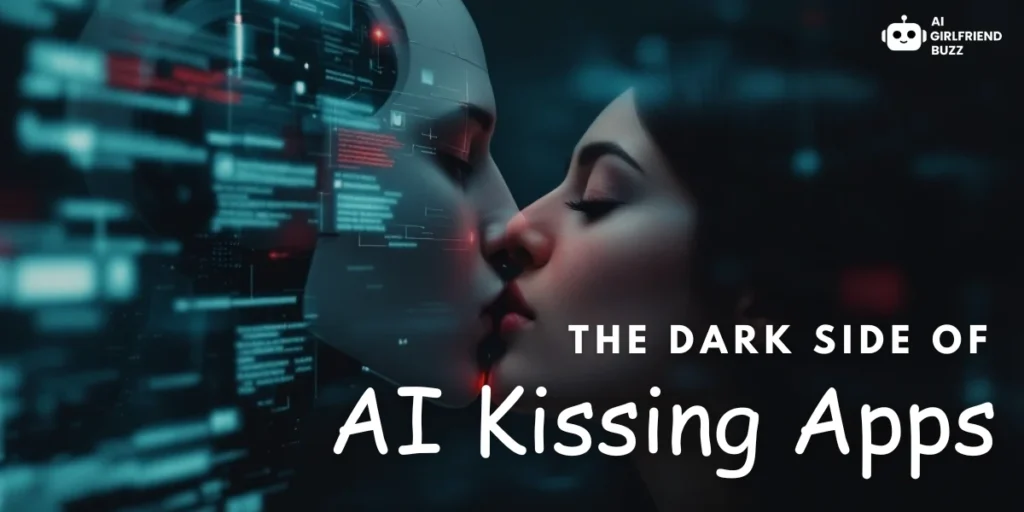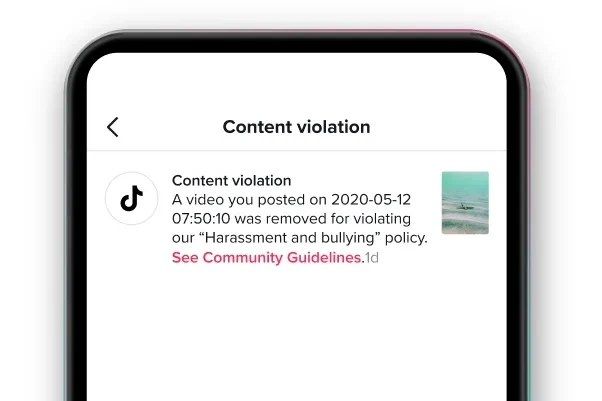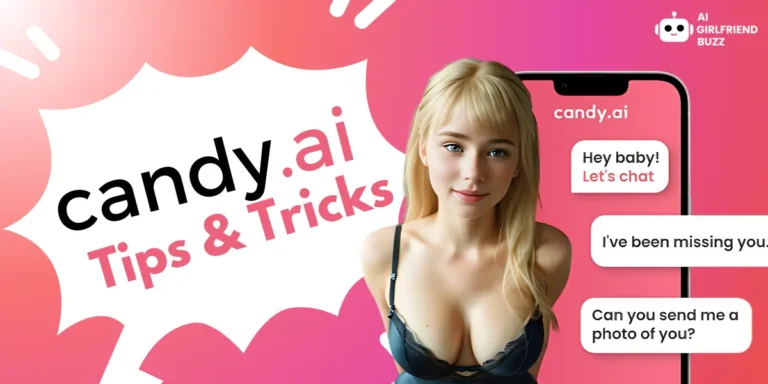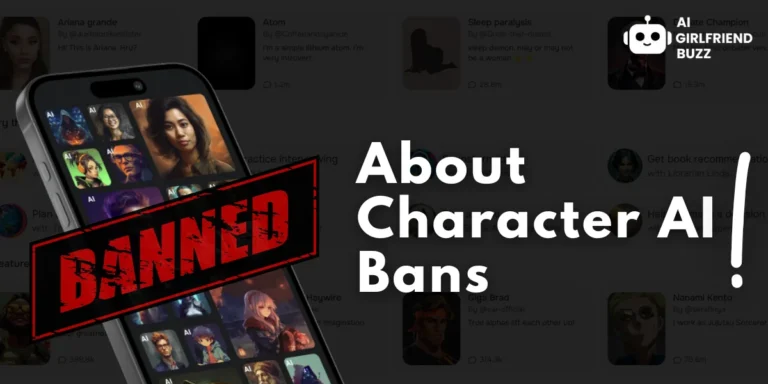
Last month, a college student named Maya discovered a video of herself “kissing” her favorite K-pop idol circulating on Instagram. The catch? She'd never met him. The clip, forged using an AI deepfake generator, had been shared 40,000 times before she reported it. “It felt like digital theft,” she told me. “My face, his face – mashed together without permission. Now my friends joke about it, but I can't sleep.”
Maya's story represents a growing trend. AI kissing apps have exploded in popularity, raising serious concerns about consent, privacy, and digital exploitation.
How Fake Kisses Get Made: The Tech Behind the Illusion

Most deepfake kissing generators like Pollo.ai and DreamVid use this three-step process to create realistic-looking intimate content:
- Face scanning: Upload two photos (often scraped from social media).
- Expression mapping: Algorithms track 78 facial points – lip curvature, eyelid movement, even nostril flare.
- Rendering: The AI blends expressions into a 5-10 second video, adjustable for “passion intensity” (slow-mo sighs optional).
Key tools enabling this:
Key technologies enabling this:
- StyleGAN3: Creates hyper-real facial movements
- OpenCV: Detects and aligns faces
- FFmpeg: Compresses videos for easy sharing
A 2024 Mozilla study found 89% of these apps don’t verify consent from people in uploaded images, turning innocent photos into potentially exploitative content.
Who’s Using This – And Why It Spreads
| App Type | Monthly Users | Controversy Score* |
|---|---|---|
| Celebrity Template Apps | 2.1M | 94/100 |
| Group Kiss Generators | 1.8M | 88/100 |
| Animal Face Integrators | 950K | 76/100 |
*Based on nonconsensual content reports per 10k users
AI kissing apps are widely available on both Google Play and Apple App Store, with applications like Filmora, AI Video, PixVerse and AI Vidu downloaded by hundreds of thousands of users. This accessibility has contributed to their rapid spread across social media platforms.
Why these videos go viral:
- Entertainment factor: Marketed as fun and novel
- Celebrity scenarios: Creating fake intimate content with public figures
- Social media challenges: Encouraging sharing and participation
When “Just a Joke” Crosses Lines
What some consider harmless entertainment has serious consequences. In India, which ranks second globally in AI-generated deepfake sexually explicit content, cybercrime experts report these videos being used for blackmail and extortion.
Dr. Dhanya Menon, India's first female cybercrime investigator, confirms these AI-generated videos have already been weaponized against victims. The psychological impact can be severe, with victims experiencing anxiety, humiliation, and reputational damage.
Legal gray areas:
- USA: 33 states lack laws against non-sexual deepfakes
- EU: GDPR fines apply only if creators profit from clips
- India: 6-month case backlog for image misuse complaints
As Dr. Debarati Halder, professor of law at Parul University notes, these AI tools increase “technology-facilitated gender-based violence against women” and can “facilitate gratification for revenge porn”
What Platforms Are (and Aren't) Doing

Social media platforms have inconsistent policies regarding AI kissing content:
- Meta (Facebook/Instagram): Reportedly hosted over 1,000 active ads for these applications despite the potential harm
- TikTok: Removed approximately 1,000 such ads after recognizing violations of their consent policies
This highlights the regulatory gap that currently exists, with platforms taking different approaches to addressing non-consensual intimate AI content.
Fighting Back: Tools to Protect Your Digital Identity
As AI kissing apps proliferate, several legitimate protection methods have emerged to safeguard your online presence:
PhotoGuard: Developed by MIT researchers, this breakthrough technology adds imperceptible patterns to your images that effectively “poison” them against AI manipulation. When deepfake algorithms attempt to use protected photos, they produce distorted, unusable results.
Privacy-focused settings: Limiting public access to your photos on social media platforms significantly reduces the risk of AI image harvesting.
Watermarking tools: Adding visible watermarks to profile pictures makes them less desirable for AI manipulation.
DMCA takedown requests: If you discover unauthorized AI-generated content using your likeness, file formal removal requests with hosting platforms.
Digital rights advocacy: Organizations like the Electronic Frontier Foundation offer resources for those affected by non-consensual deepfakes.
While perfect protection remains challenging, combining these approaches creates multiple layers of defense against unwanted AI kissing videos and other synthetic media misuse.
The Road Ahead: Where Synthetic Lips Lead
As AI technology advances, major platforms are developing tools to address synthetic content concerns:
Final Thought
As Maya reminded us: “My smile isn't public property.” While technology races forward, awareness remains our strongest defense. Today's harmless AI kissing app could become tomorrow's privacy nightmare if we don't establish ethical boundaries around our digital identities.






